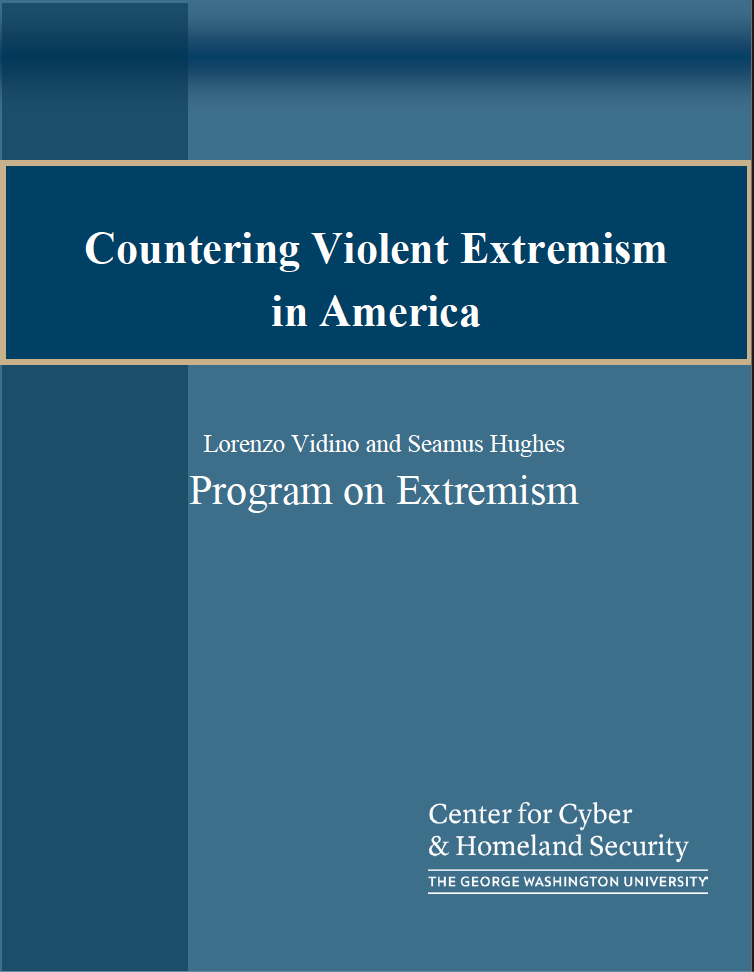Over the last decade, governments throughout the world have invested substantial resources aimed at devising Countering Violent Extremism (CVE) strategies. CVE is a delicate exercise that, if properly implemented, can help sway young people from radicalizing, thereby saving lives and enabling law enforcement to better concentrate on those who have made the leap into violent militancy.
The United States has lagged behind many European countries in creating a comprehensive CVE approach, largely because its homegrown violent extremist threat is relatively low. Only in 2011 did the U.S. launch a formal CVE strategy and its implementation has been disjointed and underfunded. The Boston Marathon bombing and later the rise of ISIS triggered a renewed focus on CVE, culminating in a recent high-profile White House summit. Part of the revamped effort includes pilot programs in three cities, each with a distinct approach: Minneapolis-St. Paul’s focused on societal-level concerns, Los Angeles’ on community engagement, and Boston’s on interventions with radicalized individuals.
Targeted interventions appear to be the next frontier of America’s CVE efforts. Officials increasingly see the importance of expanding CVE’s focus on community engagement to include targeted interventions with individuals who have become radicalized but have not yet mobilized to violence. Nonetheless, targeted interventions so far have been deployed at the whim of local authorities, rather than via an articulated and tested methodology.
Successful implementation of the administration’s CVE goals faces key challenges:
• Lack of funding: Resources devoted to CVE have been highly inadequate, and CVE units within each relevant agency remain understaffed.
• Lack of lead agency: CVE efforts appropriately involve an array of agencies at the national and local levels. Yet there needs to be a single responsible point of contact for coordination, public advocacy matters, and congressional oversight.
• Resistance from Muslim communities: Some Muslim civic groups embrace CVE, while others decry it as a surveillance ruse or an effort that singles out Muslims. Successful CVE efforts need support from a broad community cross-section.
CVE trends in various European countries, where authorities have implemented ambitious strategies for over a decade, offer useful pointers to U.S. officials. European authorities display diminished enthusiasm for large, preventive programs due to high costs and difficulty in empirically determining effectiveness. Individual interventions are, on the other hand, increasingly popular because they are cost-effective and easier to evaluate. While interventions do not work in all cases, their threat reduction effect is a relief for Europe’s overwhelmed law enforcement and intelligence agencies.
Because the radicalization process is complex and highly variable, European de-radicalization efforts seek to tailor interventions to each situation. This complicates efforts to develop broad national programs with easily replicable best practices. It also requires investing time to set up a network of community leaders with appropriate competencies. As Muslim communities are not monolithic, European authorities have struggled to identify appropriate partners among myriad organizations. Engaging many local partners with roots in specific communities – rather than relying on a national gatekeeper – is seen as an effective way to harness the full potential of Muslim communities.
Moreover, increasingly aware of the need to be more inclusive, European authorities have begun to describe their efforts using the language of “safeguarding.” Radicalization is presented as a problem like gang recruitment, drugs, or pedophilia – and thus community leaders and teachers have a duty to report cases of young people falling prey to such a social ill.
The U.S. does not need to replicate Europe’s most ambitious CVE efforts, as it faces a significantly smaller radicalization challenge. General preventive measures, particularly those promoting socio-economic development, should be implemented only in limited cases, as American Muslim communities generally enjoy high levels of integration. Engagement and other trust-building initiatives are useful and should be continued.
The most pressing need at this stage is for the administration to build a carefully crafted system for interventions as a potential alternative to prosecution. Working with civil rights advocates, the government should provide guidance on minimum standards for intervention efforts that address the specific roles of government and communities, as well as the legal parameters of interveners who currently place themselves at risk of liability if interventions go awry. While interventions are best implemented at the local level, they require a high-level framework and clear guidance from federal officials.


